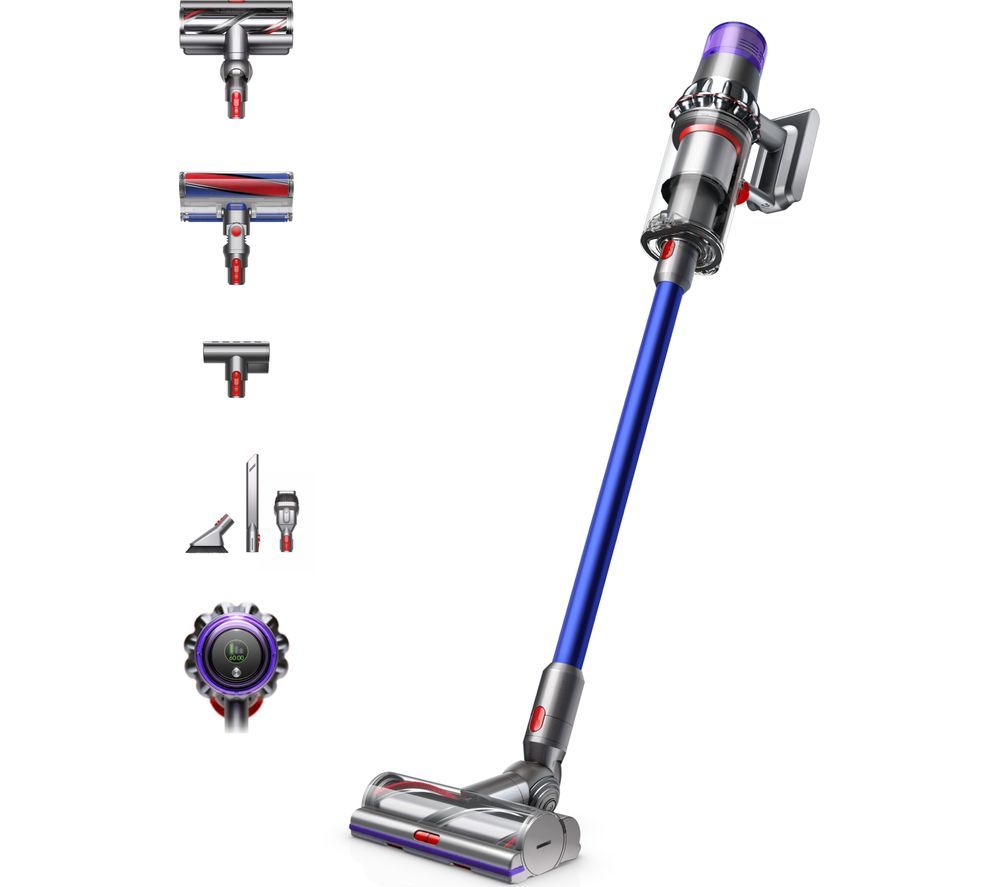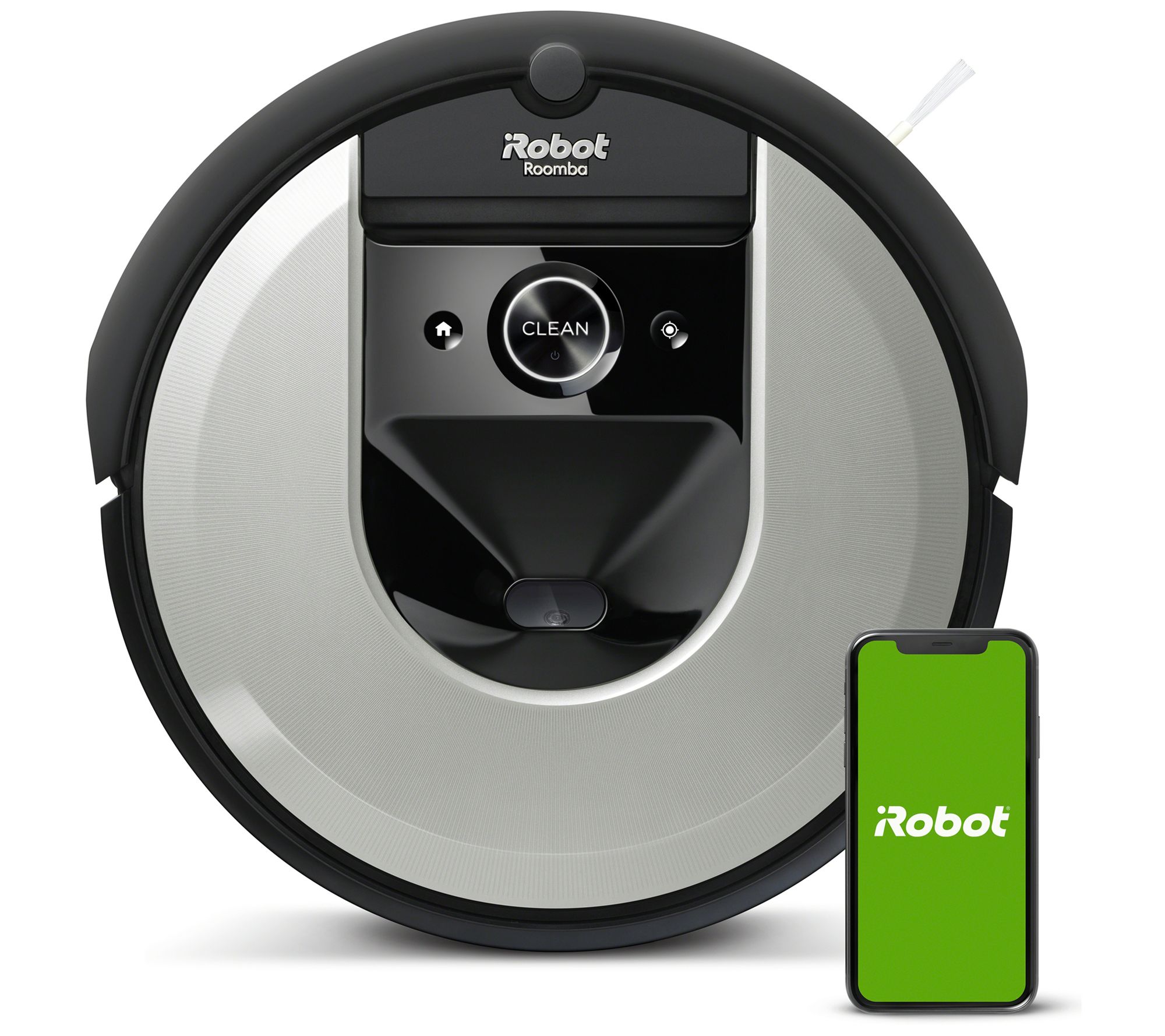Dyson V8 Absolute Cordless Handstick Vacuum – Yellow
Direct drive cleaner head with 150% more brush bar power than V6 Animal. Hygienic bin emptying. Up to 40 minutes of uninterrupted suction. HEPA filtration to capture allergens.
The super powerful Dyson V8 handstick vacuum boasts some serious suction power guaranteed to lift small dust particles and large debris with ease. The unique cordless setup lets you clean various areas around the house without the hassles caused by tangling, dragging, or plugging, and with an impressive 40 minutes of fade-free suction on a single charge – it’ll hardly seem like housework at all!
Features:
- Dyson appliances
- Design: V8 Absolute Cordless Handstick Vacuum
- Colour: Yellow
- Package contents:
- 1 x Dyson V8 Absolute
- 1 x Wand
- 1 x Direct drive cleaner head
- 1 x Soft roller cleaner head
- 1 x Mini motorised tool
- 1 x Soft dusting brush
- 1 x Combination accessory tool
- 1 x Crevice tool
- 1 x Docking station
- 1 x Instruction manual
- Direct drive cleaner head with 150% more brush bar power than V6 Animal
- Hygienic bin emptying
- Up to 40 minutes of uninterrupted suction
- HEPA filtration to capture allergens
- Two Dyson-engineered cleaner heads
- Powered by the Dyson digital motor V8
- Mini motorised tool removes pet hair and ground-in dirt
- Works on carpet and hardwood floors
- Soft roller cleaner head removes large debris and fine dust
- Battery: Rechargeable internal battery
- Battery life: 40 min (per charge)
- Power: N/A
- Model no.: V8ABSOLUTE
- Dimensions (approx. cm): 124 x 22.3 x 24.8 (W x D x H)
- Country of origin: N/A
- 2-YEAR MANUFACTURER WARRANTY





Reviews
There are no reviews yet.